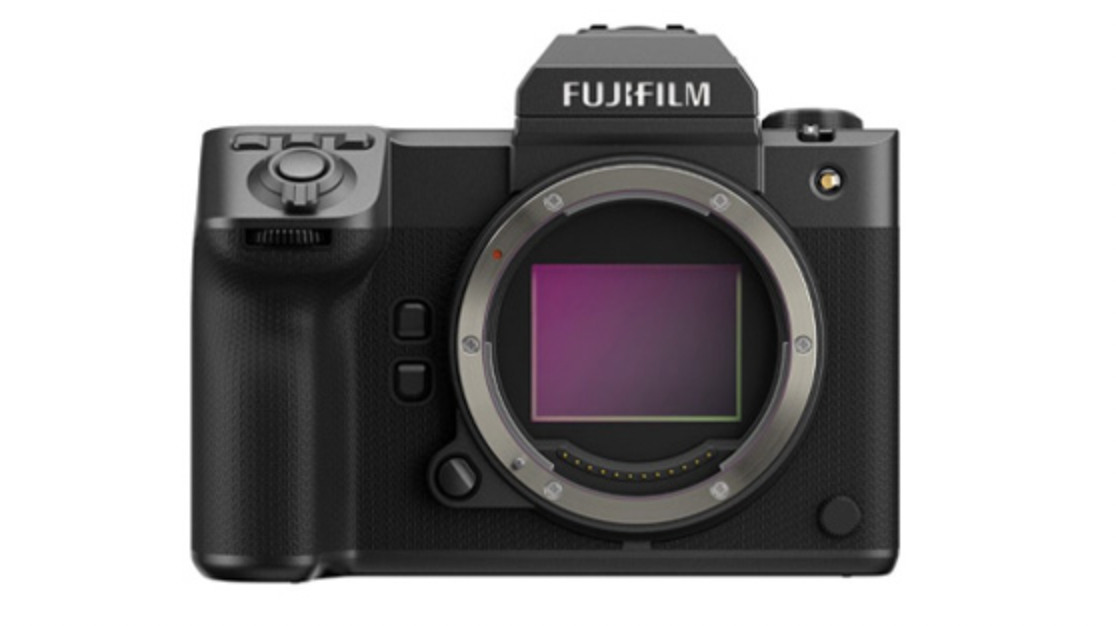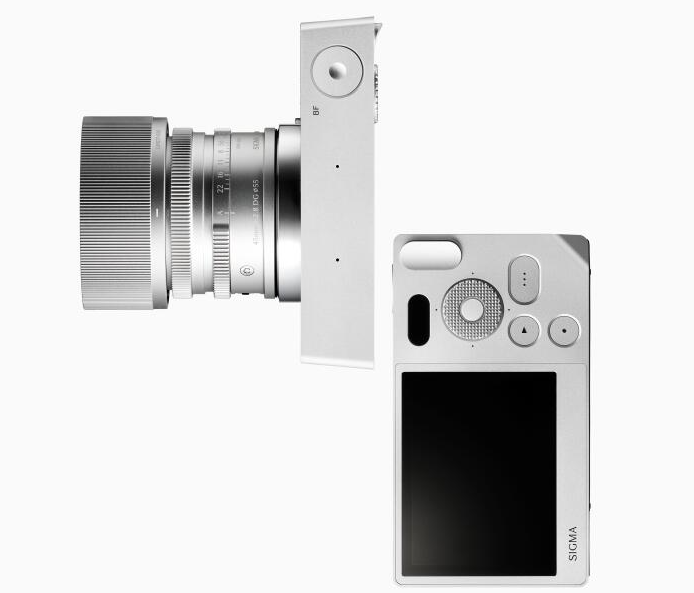Fujifilm GFX100 II

The Fujifilm GFX100 II: A Comprehensive Review of Fujifilm’s Flagship Medium Format Camera
In the world of photography, medium format cameras have long been revered for their unparalleled image quality, dynamic range, and ability to capture stunning detail. Fujifilm, a brand synonymous with innovation and excellence, has once again raised the bar with the release of the Fujifilm GFX100 II. This flagship medium format camera is a powerhouse, combining a 102-megapixel sensor with cutting-edge technology, making it one of the most versatile and capable cameras on the market today.
In this in-depth blog post, we’ll explore everything you need to know about the Fujifilm GFX100 II. From its design and ergonomics to its performance in both stills and video, we’ll break down the key features, improvements, and potential drawbacks of this remarkable camera. Whether you’re a professional photographer, a videographer, or simply an enthusiast looking to step into the world of medium format, this review will provide you with the insights you need to decide if the GFX100 II is the right tool for you.
1. Introduction to the Fujifilm GFX100 II
The Fujifilm GFX100 II is the successor to the highly acclaimed GFX100, and it builds on its predecessor’s strengths while addressing some of its limitations. Designed for professionals and serious enthusiasts, this medium format camera offers a perfect blend of high resolution, speed, and versatility. With a 102-megapixel sensor, improved autofocus, and advanced video capabilities, the GFX100 II is poised to be a game-changer in the world of photography and videography.
2. Key Features and Upgrades
102MP Medium Format Sensor
At the heart of the GFX100 II is a 102-megapixel 43.8 x 32.9mm BSI CMOS sensor. This large sensor provides exceptional image quality, with incredible detail, dynamic range, and color accuracy. Whether you’re shooting portraits, landscapes, or studio work, the GFX100 II delivers stunning results that are hard to match.
Improved Autofocus System
One of the most significant upgrades in the GFX100 II is its enhanced autofocus system. Leveraging AI technology, the camera now features subject detection modes for animals, birds, and people. The autofocus is faster and more accurate, even in low-light conditions, making it suitable for a wider range of shooting scenarios.
Enhanced Video Capabilities
The GFX100 II isn’t just a stills powerhouse—it’s also a formidable video camera. It supports 8K30P video recording, as well as 4K60P and 1080p at 240 frames per second. With options for 12-bit ProRes and 10-bit H265 formats, videographers can capture cinematic footage with exceptional quality. However, it’s worth noting that the 8K mode comes with a 1.53x crop, which may limit its usability in certain situations.
Design and Ergonomics
Fujifilm has redesigned the GFX100 II to be more compact and lightweight, making it easier to handle than its predecessor. The camera features a new BISHAMON-TEX grip and body texture, which improves comfort and grip. The layout is intuitive, with a pair of control dials, a mode dial, and a joystick for seamless operation.

Photo by insung yoon on Unsplash
3. Performance in Stills Photography
Image Quality
The GFX100 II’s 102-megapixel sensor delivers pin-sharp photos with outstanding detail. The dynamic range is exceptional, allowing photographers to recover shadows and highlights with ease. The camera’s high ISO performance is also impressive, producing clean images even at higher sensitivities.
Dynamic Range and High ISO Performance
With a native ISO range of 80-12800 (expandable to 50-102400), the GFX100 II excels in various lighting conditions. The camera’s dynamic range ensures that you can capture scenes with both bright highlights and deep shadows, making it ideal for landscape and portrait photography.
Burst Shooting and Buffer Depth
The GFX100 II offers up to 8 frames per second in continuous shooting mode, a significant improvement over its predecessor. However, it’s essential to note that shooting at this speed reduces the color depth from 16-bit to 14-bit, which may affect dynamic range. The buffer depth is generous, allowing for 125+ uncompressed RAW images or 250 lossless compressed RAW images before filling up.
4. Video Performance
8K and 4K Recording
The GFX100 II’s video capabilities are a major selling point. The camera can record 8K30P video, as well as 4K60P and 1080p at 240fps. The 8K footage is stunning, but the 1.53x crop and rolling shutter issues may be limiting for some users. For most videographers, the 4K mode offers a better balance of quality and usability.
Video Autofocus and Stabilization
The autofocus system performs well in video mode, with accurate subject tracking and smooth transitions. The 5-axis in-body image stabilization (IBIS) is highly effective, allowing for handheld shooting at slower shutter speeds. However, the autofocus may not be as sticky as some competing cameras, which could be a drawback for fast-paced video work.
Limitations and Workarounds
While the GFX100 II’s video capabilities are impressive, there are some limitations to be aware of. The 8K crop and pixel-binning in 4K mode can reduce sharpness, and the camera’s high-resolution sensor can lead to rolling shutter issues. To get the best results, videographers may need to work within these constraints or consider alternative cameras for certain applications.
5. User Experience and Handling
Build Quality and Weather Sealing
The GFX100 II is built like a tank, with a robust magnesium alloy body and extensive weather sealing. It’s designed to withstand harsh conditions, making it a reliable tool for outdoor and adventure photography.
Viewfinder and LCD Screen
The camera features a 9.44-million-dot electronic viewfinder (EVF), which is one of the best in its class. The EVF is sharp, bright, and compatible with Fujifilm’s tilting adapter for added flexibility. The 3.2-inch tilting LCD screen is also excellent, providing a clear and responsive interface for composing and reviewing images.
Battery Life and Storage Options
The GFX100 II uses the NP-W235 battery, which offers a respectable 510 shots per charge. For extended shooting sessions, a battery grip is available as an optional accessory. The camera supports dual SD card slots and SSD recording via USB-C, providing ample storage options for both stills and video.
6. Target Audience and Use Cases
Professional Photographers
The GFX100 II is a dream camera for professionals who demand the highest image quality. Its medium format sensor, improved autofocus, and robust build make it ideal for studio, portrait, and landscape photography.
Videographers
While the GFX100 II has some limitations in video mode, it’s still a compelling option for videographers who want to capture cinematic footage with a medium format camera. The 8K and 4K capabilities, combined with the camera’s exceptional dynamic range, make it a versatile tool for creative projects.
Enthusiasts and Hobbyists
For enthusiasts looking to step into medium format photography, the GFX100 II offers a relatively affordable entry point. While it’s a significant investment, the camera’s performance and features justify the price for those who are serious about their craft.
7. Pros and Cons
Pros
- Exceptional image quality with a 102-megapixel sensor
- Improved autofocus with AI subject detection
- Advanced video capabilities, including 8K recording
- Robust build quality and weather sealing
- Intuitive design and ergonomics
Cons
- 8K video mode has a significant crop and rolling shutter issues
- Autofocus, while improved, may not match some competing cameras
- High price point and additional costs for accessories
8. Final Verdict and Recommendations
The Fujifilm GFX100 II is a remarkable camera that sets a new standard for medium format photography. Its combination of high resolution, improved autofocus, and advanced video capabilities make it a versatile tool for professionals and enthusiasts alike. While it has some limitations, particularly in video mode, the camera’s strengths far outweigh its drawbacks.
If you’re a professional photographer or videographer looking for the best possible image quality, the GFX100 II is an excellent choice. However, if video is your primary focus, you may want to consider other options with faster sensors and better performance in that area.
Ultimately, the Fujifilm GFX100 II is a testament to Fujifilm’s commitment to innovation and excellence. It’s a camera that pushes the boundaries of what’s possible, and it’s sure to inspire photographers and videographers to create stunning work for years to come.
Call-to-Action: Are you ready to take your photography to the next level? Share your thoughts on the Fujifilm GFX100 II in the comments below, or let us know if you have any questions about this incredible camera!



Comments ()